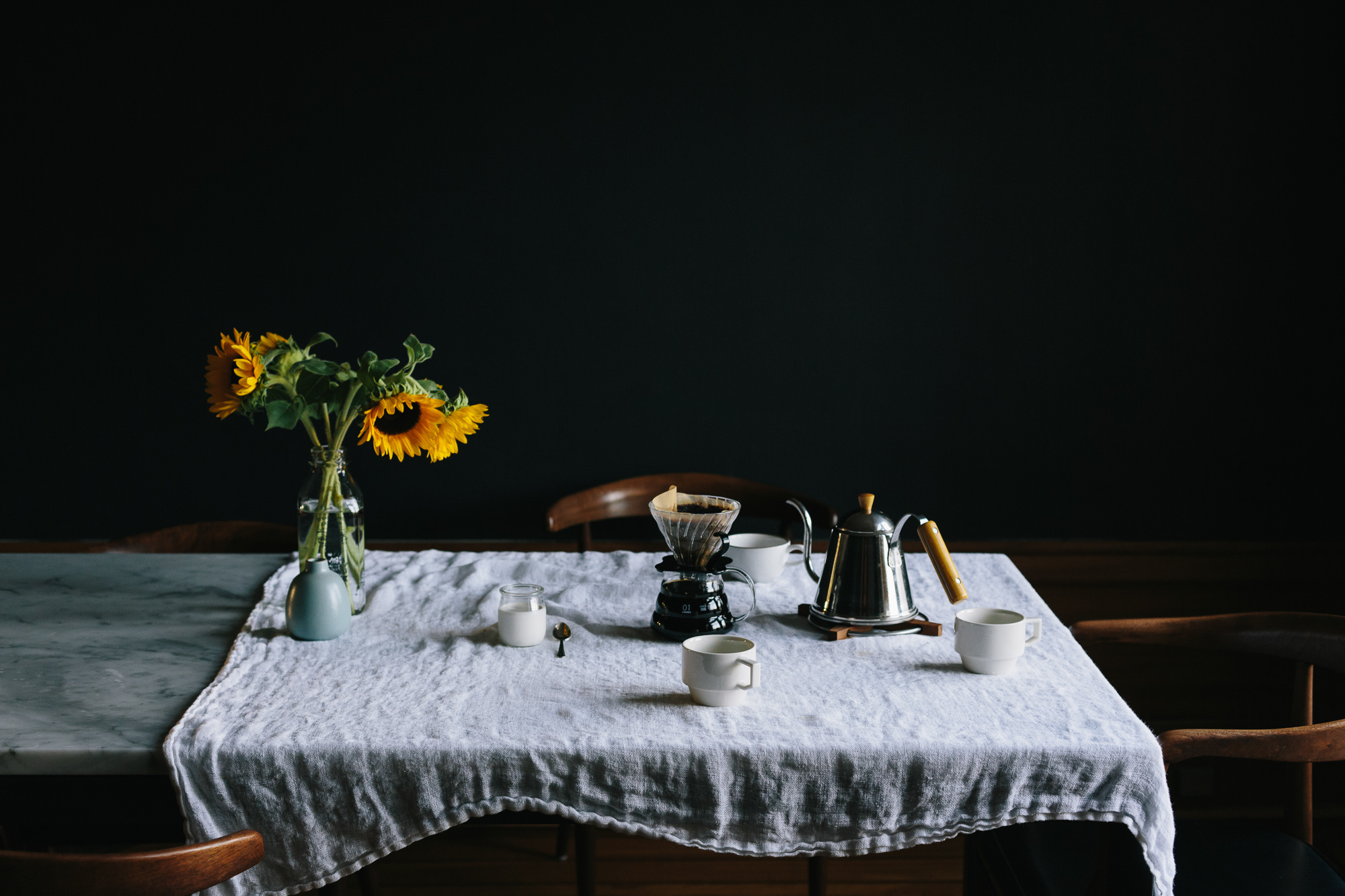VELDKAPEL
An installation in the Karoo.
A collaboration with architect, Rudolf Perold.
I spent large parts of my childhood on a farm in the Karoo and this experience has left a deep impression. The landscape provides a sense of grounding and a space for calm. With the absence of distraction, this encourages reflection.
Later in life, I lived in Asia and was intrigued by the way in which Asian cultures use mythology and narrative as well as the manner in which they engage with religion. In 2019 I visited the Kunjapuri temple in India. The myth of how this holy site came about tells the story of the burnt, lifeless body of a god, Sati, being carried in the arms of her lover. As they float over the landscape her limbs fall to the ground and temples spring from the sites where they land. According to the myth, these temples represent the dynamic energy inherent in the creation, maintenance, and destruction of the universe.
The idea for Veldkapel came about while contemplating how I could imprint this myth onto my experience of the Karoo landscape. I was struck by the image of a body floating over the landscape, with limbs falling to the ground. This idea is represented by the roof ‒ the ribs and connective tissue ‒ of Veldkapel. The roof floats, caught in mid-air, above stone walls that represent the physical world. Together, these elements speak to the cyclical nature of one entity emerging after another has returned to the ground ‒ a moment of dynamic energy and fragile intimacy with the earth.
The space held between the roof and walls represent the tension where these two opposing forces meet. When approaching Veldkapel, the landscape beyond the stone walls is hidden from view. However, as one moves beyond the walls, into the space under the roof, at the point of tension between decay and emergence, the remainder of the landscape is revealed.
“This project is my version of a church, a monastery or some kind of holy site. It’s built from basic, minimal and raw materials and is meant to sit quietly in a space where the veld is always shifting. The landscape is uncompromising, textured and full of complexity. It encompasses all the elements for a deeply felt connection, not necessarily to God, but to something. To energy, maybe.
In writing this, nearly five years after the inception of this project, I find it impossible not to acknowledge how my personal connection to it has deepend. I have since lost my father to cancer, and the parallels between that loss and the themes of the Veldkapel are difficult to ignore. The falling limbs, the disintegration of connective tissue, the slow undoing of a body, and with it, the quiet destruction of my very small universe.
What began as an abstract gesture to explore energy and death has, over time, become something else - a kind of metaphor, or perhaps even a monument in this landscape he loved.”
- Elzahn



